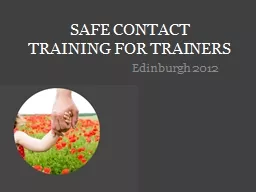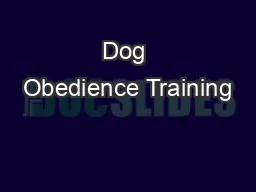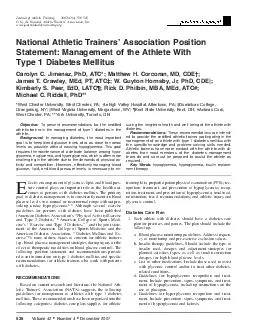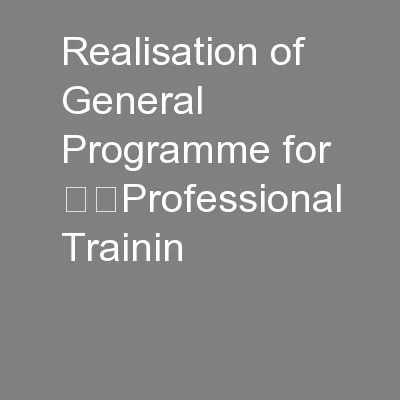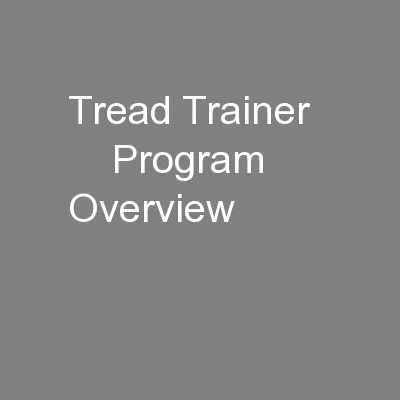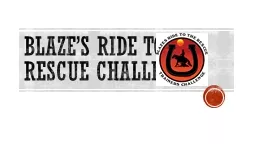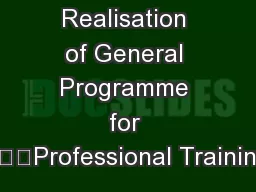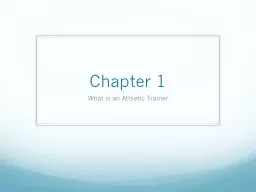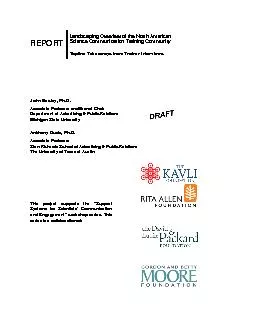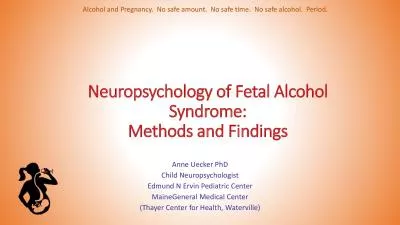PPT-SAFE CONTACT TRAINING for trainers
Author : stefany-barnette | Published Date : 2019-11-23
SAFE CONTACT TRAINING for trainers Edinburgh 2012 Day 3 Thinking about risk Which case is higher risk Case 1 John Maria his partner of 4 years has reported a severe
Presentation Embed Code
Download Presentation
Download Presentation The PPT/PDF document "SAFE CONTACT TRAINING for trainers" is the property of its rightful owner. Permission is granted to download and print the materials on this website for personal, non-commercial use only, and to display it on your personal computer provided you do not modify the materials and that you retain all copyright notices contained in the materials. By downloading content from our website, you accept the terms of this agreement.
SAFE CONTACT TRAINING for trainers: Transcript
Download Rules Of Document
"SAFE CONTACT TRAINING for trainers"The content belongs to its owner. You may download and print it for personal use, without modification, and keep all copyright notices. By downloading, you agree to these terms.
Related Documents

